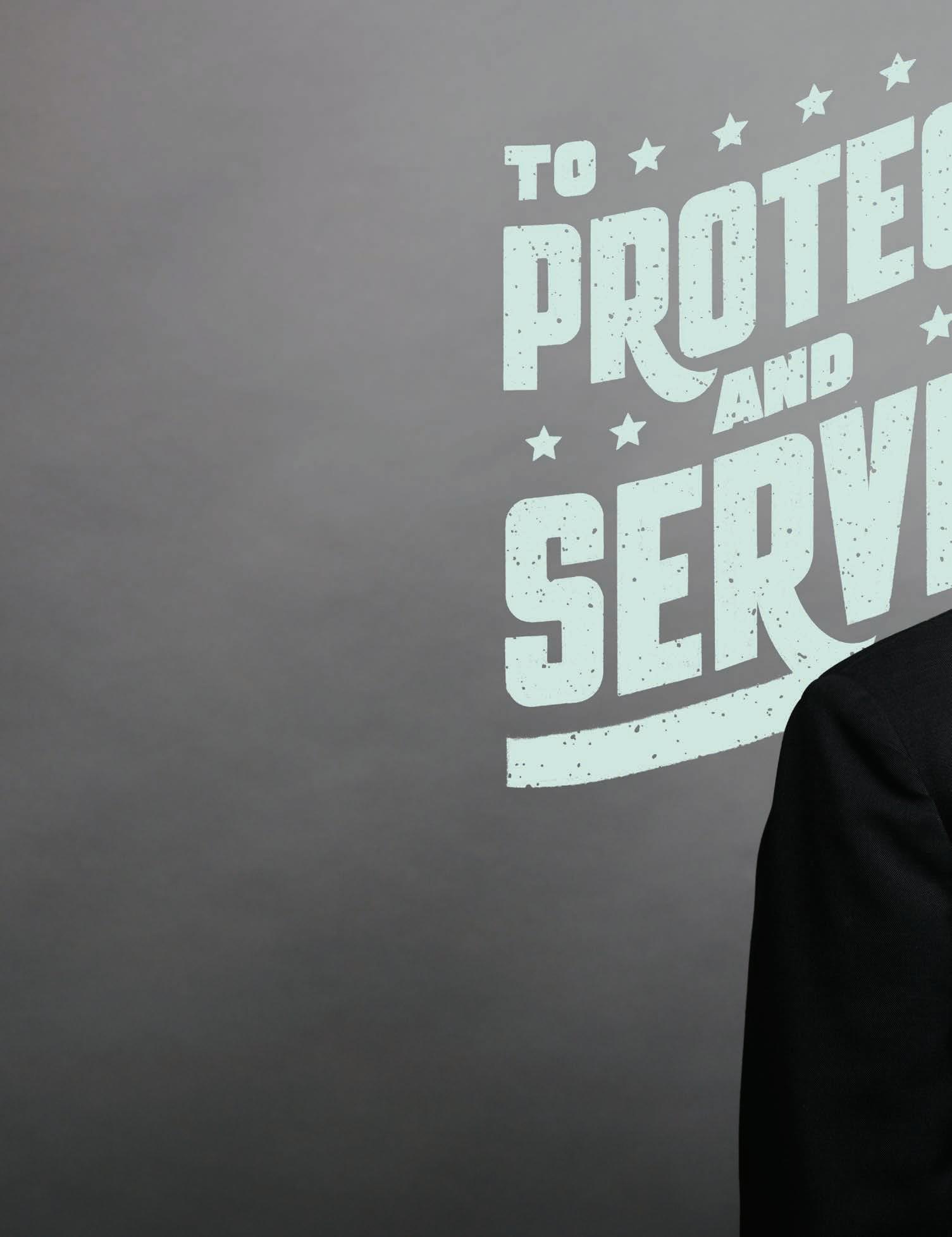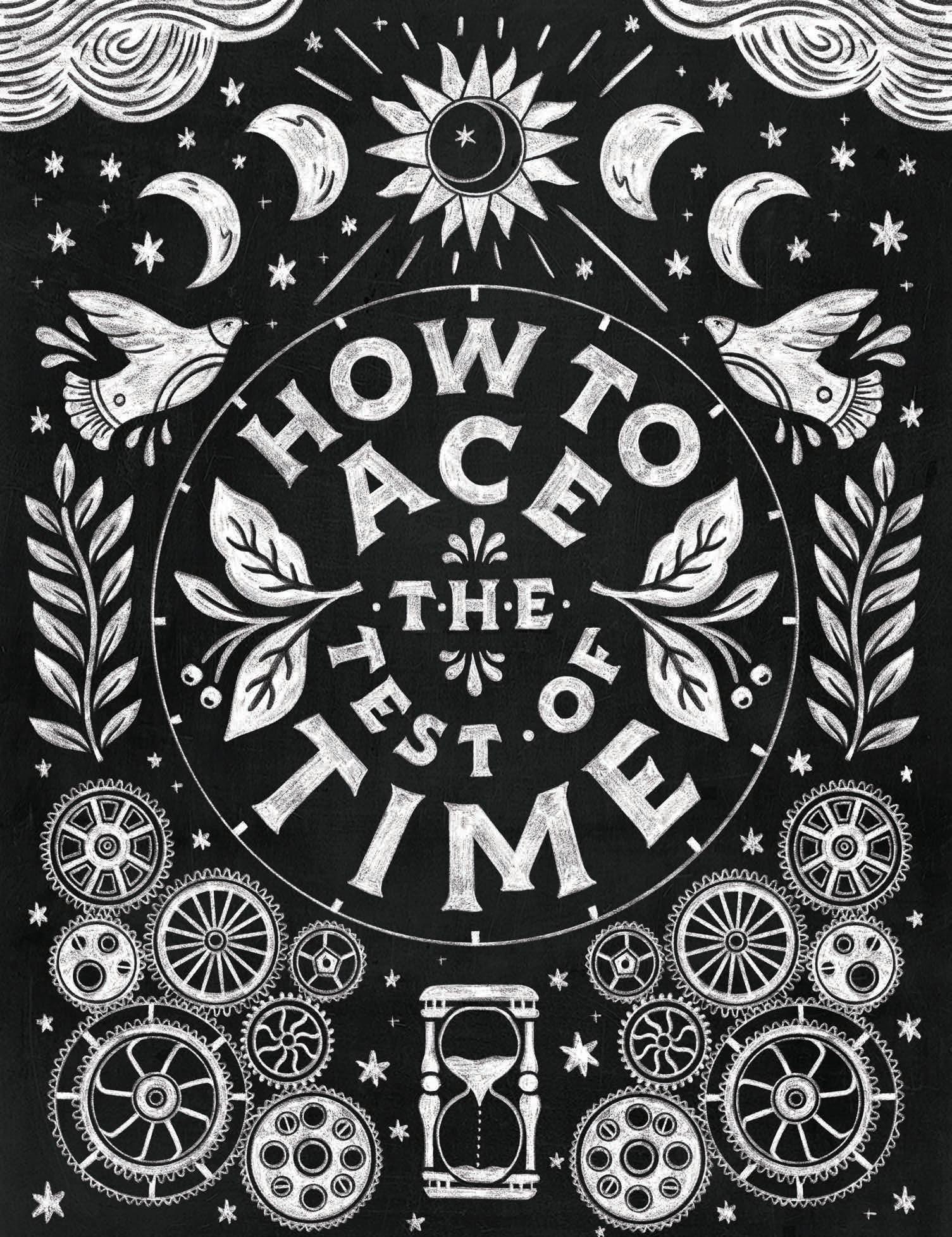It’s not about you as an individual, even if you benefit from it. But recognizing and challenging structural “whiteness” is the key to equity — and excellence. BY ANN GLEIG s an associate professor of cultural studies, I find that teaching terms such as “white privilege” and “white supremacy” often provoke defensive reactions — what author Robin DiAngelo calls “white fragility” — in white people. Some students from blue-collar backgrounds can find it hard to emotionally connect with the notion that they are privileged when they have struggled financially. Others from more comfortable middle-class backgrounds can feel that their family success is being undermined or that they haven’t worked as hard as others to achieve their success. And some students complain that such concepts are merely tools to “shame white people.” One of the major stumbling blocks here is that such students reduce both racism and white privilege to certain individuals. As the epigraph to Peggy McIntosh’s foundational 1989 article “White Privilege: Unpacking the Invisible Knapsack” states, “I was taught to see racism only in individual acts of meanness, not in invisible systems conferring dominance on my group.” Just as systemic racism
is reduced to individual bad actors, privilege is misunderstood as something individual rather than a system in which white people as a collective are centered and prioritized. McIntosh explains, “As a white person, I realized I had been taught about racism as something that puts others at a disadvantage, but had been taught not to see one of its corollary aspects, white privilege, which puts me at an advantage.” She then lists 26 ways in which white privilege manifests itself. These include: • I can go shopping alone most of the time, pretty well assured that I will not be followed or harassed. • I can be sure that my children will be given curricular materials that testify to the existence of their race. • I am never asked to speak for all the people of my racial group. • I can be sure that if I need legal or medical help, my race will not work against me.
white supremacy with groups such as the torch-carrying white nationalists who marched in Charlottesville, Virginia. For sociologists, however, the term white supremacy denotes, as DiAngelo writes, a “socio-political system of domination based on racial categories that benefits those defined and perceived as white. This system of structural power privileges, centralizes and elevates white people as a group.” Even though according to 2019 Census data, 60.1% of the U.S. population was white, she draws on data from 2016–17, giving examples of this supremacy, including: • Ten richest Americans: 100% white • U.S. Congress: 90% white • People who decide which TV shows we see: 93% white • People who decide which news is covered: 85% white • Teachers: 82% white To better grasp the concepts of white privilege and white supremacy, we have to move beyond individual experiences to understand the structural conditions and the wider historical and social context in which all individuals are
shaped. How have legal and social systems in the U.S. functioned to produce and maintain white privilege? And what is the cost of such white privilege to Black Americans? One good example is the legacy of redlining, a state-sponsored practice by which the government maintained segregation between white and Black populations. Neighborhood risk assessment maps developed for more than 200 cities during the 1930s shaped federal government housing policies in the United States. City planners literally drew red lines across the city to establish white suburban housing areas that were separated by highways from Black and immigrant neighborhoods. Often confined to densely packed and more polluted urban centers, Black Americans were more likely to be denied mortgages or only offered mortgages with high interest rates. While these practices were made illegal through the 1968 Fair Housing Act and the 1977 Community Reinvestment Act, many of them continued in new, less overt forms. Before the 2008 recession, for instance, there was an increase on risky loans for low-income borrowers. Afterward, many Black
i h W What Is Extending the work of McIntosh, DiAngelo notes in her book White Fragility that many Americans equate
RESOURCES An open-source resource for white people wanting to dismantle white supremacy. Available at bit.ly/antiracismresources
22 | SPRING 2021
The Color of Law: A Forgotten History of How Our Government Segregated America Richard Rothstein
Me and White Supremacy: Combat Racism, Change the World, and Become a Good Ancestor Layla F. Saad














